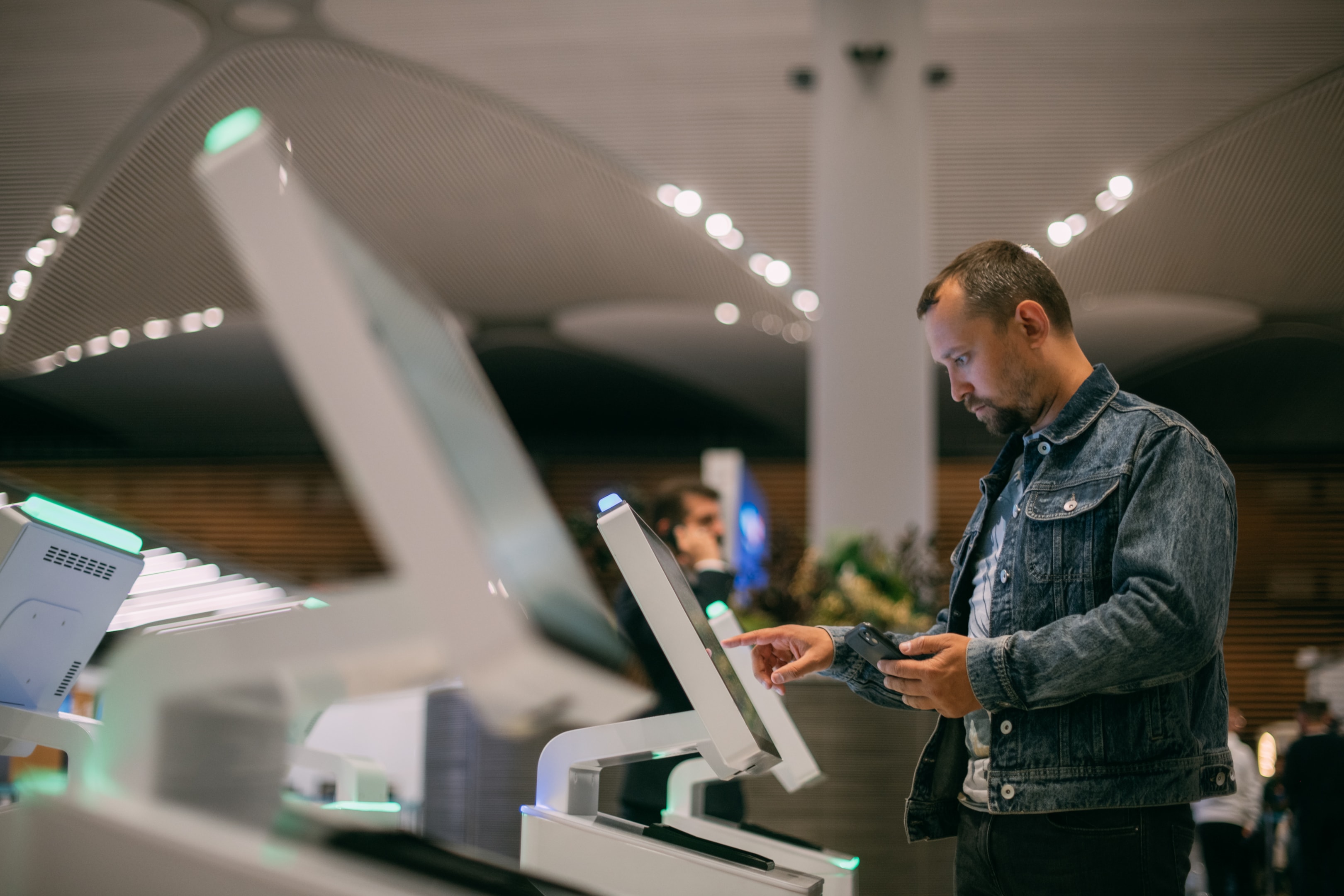The Evolution of Kiosks: From Information Hubs to Promotional Powerhouses
"Technology has forever changed the way we communicate and share information, creating a world where kiosks have become indispensable." – Unknown
Table of Contents
- Introduction
- The Early Days of Kiosks
- The Rise of Digital Kiosks
- Kiosks in the Retail Sector
- Interactive Kiosks for Customer Engagement
- Kiosks as Promotional Tools
- Benefits of Modern Kiosks
- The Role of Kiosks in Data Collection
- Integrating Kiosks with Mobile Technology
- Future Trends in Kiosk Technology
- FAQ Section
- Conclusion
Introduction
Kiosks have come a long way since their inception. What started as simple information booths have now evolved into advanced promotional powerhouses and sales promotion. Marketing professionals need to understand this evolution to leverage kiosks effectively in their strategies. In this blog post, we'll explore the history, benefits, and future trends of kiosks, providing valuable insights and practical tips for marketers.

The Early Days of Kiosks
The concept of kiosks dates back to the 17th century when they were small pavilions used for public announcements. Fast forward to the 20th century, and these structures became more sophisticated, serving as information hubs in various settings.
-
Kiosks were often found in places like train stations and airports.
-
They provided visitors with essential information such as schedules and maps.
-
Their primary function was to inform rather than engage.
Despite their limited capabilities, these early kiosks set the stage for future innovations.
The Rise of Digital Kiosks
The advent of digital technology revolutionised kiosks, transforming them into dynamic and interactive platforms. Digital kiosks began appearing in public spaces, offering a range of functionalities that far surpassed their static predecessors.
-
Touchscreen interfaces made these kiosks user-friendly and engaging.
-
They provided real-time information, enhancing the user experience.
-
Businesses started using digital kiosks for advertising and promotions.
This shift marked the beginning of kiosks as multi-functional tools in various industries.
Kiosks in the Retail Sector
Retailers quickly recognised the potential of digital kiosks, integrating them into their stores to enhance customer experience and streamline operations.
-
Self-service kiosks allowed customers to browse products and place orders.
-
Loyalty programme registration became more convenient.
-
Retailers used kiosks to offer personalised recommendations based on customer data.
These applications not only improved customer satisfaction but also boosted sales.
Interactive Kiosks for Customer Engagement
Interactive kiosks have become a staple in marketing strategies, enabling businesses to engage customers in new and exciting ways.
-
Gamified experiences attract and retain customer attention.
-
Feedback collection through surveys and polls is streamlined.
-
Kiosks provide instant promotions and discounts, encouraging impulse purchases.
These features make kiosks powerful tools for fostering customer loyalty and driving engagement.
Kiosks as Promotional Tools
Modern kiosks are not just for information—they are crucial components of promotional campaigns. Businesses use them to deliver targeted marketing messages and offers.
-
Digital displays showcase video advertisements and product demos.
-
Interactive elements allow customers to explore product features in-depth.
-
Integration with social media enables easy sharing of promotions.
These capabilities make kiosks invaluable for attracting new customers and retaining existing ones.
Benefits of Modern Kiosks
The evolution of kiosks has brought numerous benefits to businesses, particularly in the marketing realm. A self-service kiosk is popular in the retail space as users can use them by themselves.
-
Increased Reach: Kiosks can be placed in high-traffic areas to reach a broader audience.
-
Cost-Effective Advertising: Digital content can be updated easily, reducing the costs associated with traditional advertising methods.
-
Enhanced Analytics: Kiosks collect valuable data that can be analysed to improve marketing strategies.
Understanding these benefits helps marketing professionals make informed decisions about integrating kiosks into their campaigns.
The Role of Kiosks in Data Collection
One of the lesser-known advantages of modern kiosks is their ability to collect and analyse data, offering insights into customer behaviour and preferences. Analysing data is part of the promotional mix and can increase sales if the information is used correctly.
-
Data on kiosk interactions can identify popular products and services.
-
Customer feedback collected through kiosks can guide product development.
-
Analysing usage patterns helps optimise the placement and content of kiosks.
Leveraging this data can significantly enhance the effectiveness of marketing efforts.
Integrating Kiosks with Mobile Technology
The integration of kiosks with mobile technology has opened up new possibilities for seamless customer experiences.
-
Mobile apps can interact with kiosks to provide personalised experiences.
-
Customers can use their smartphones to make payments or access additional information.
-
Location-based services offer targeted promotions and deals to nearby customers.
This synergy between kiosks and mobile devices creates a cohesive and engaging user experience.
Future Trends in Kiosk Technology
As technology continues to advance, kiosks are expected to become even more sophisticated and integral to marketing strategies.
-
AI and Machine Learning will enhance personalisation and predictive capabilities.
-
Augmented Reality (AR) and Virtual Reality (VR) will provide immersive experiences.
-
Blockchain technology could secure transactions and data collected by kiosks.
Staying ahead of these trends will be crucial for marketing professionals looking to maximise the impact of kiosks in their strategies.
FAQ Section
What are the main benefits of using kiosks in marketing?
Kiosks offer increased reach, cost-effective advertising, and enhanced analytics, making them powerful tools for engaging customers and collecting valuable data.
How do kiosks improve customer engagement?
Interactive features, gamified experiences, and instant promotions help attract and retain customer attention, fostering loyalty and driving engagement.
What future technologies will impact kiosk evolution?
AI, AR, VR, and blockchain technology are expected to enhance the capabilities of kiosks, providing more personalised, immersive, and secure experiences.
Conclusion
Kiosks have evolved from simple information booths to powerful promotional tools that can revolutionise marketing strategies. By understanding their history, benefits, and future trends, marketing professionals can effectively integrate kiosks into their campaigns to engage customers, collect valuable data, and drive sales. For those looking to stay ahead in the competitive landscape, leveraging the full potential of kiosks is essential.
If you're ready to explore how kiosks can enhance your marketing efforts, reach out to our team for a consultation. Together, we can craft a strategy that maximises the impact of this versatile technology.


Leave a comment